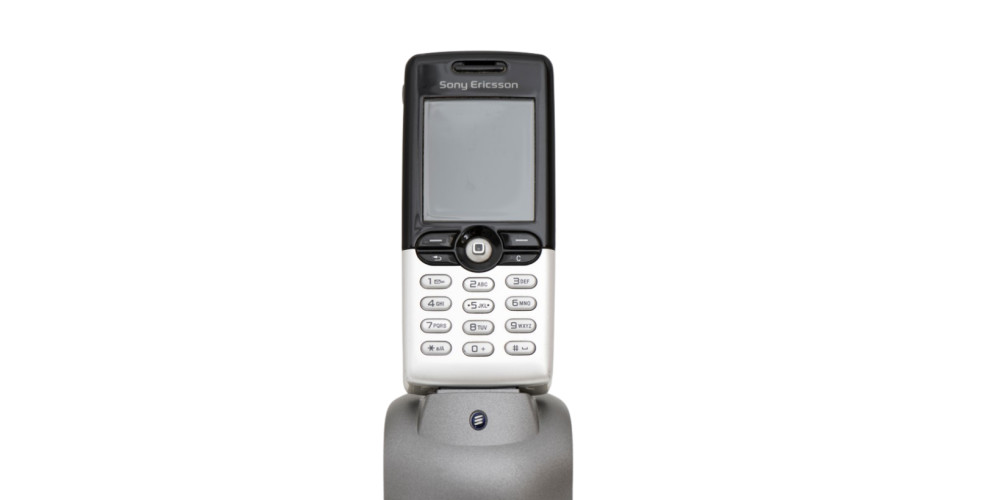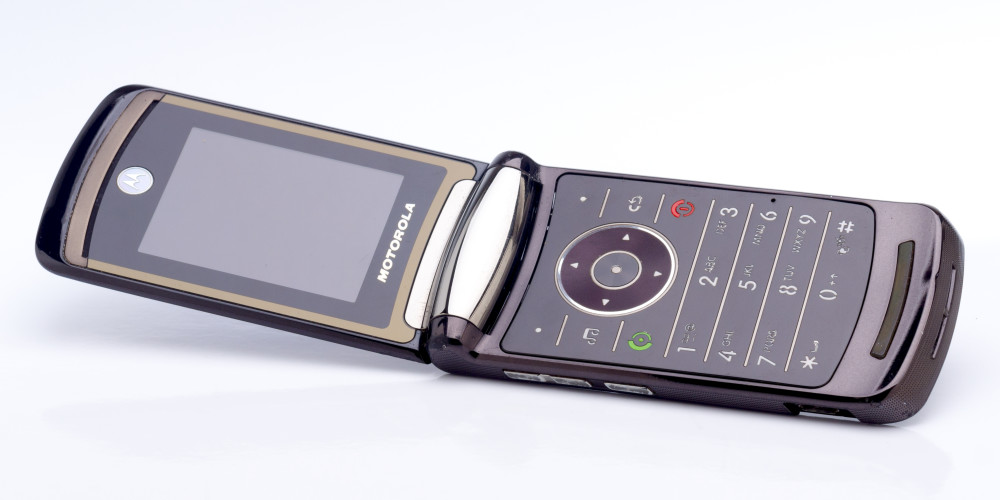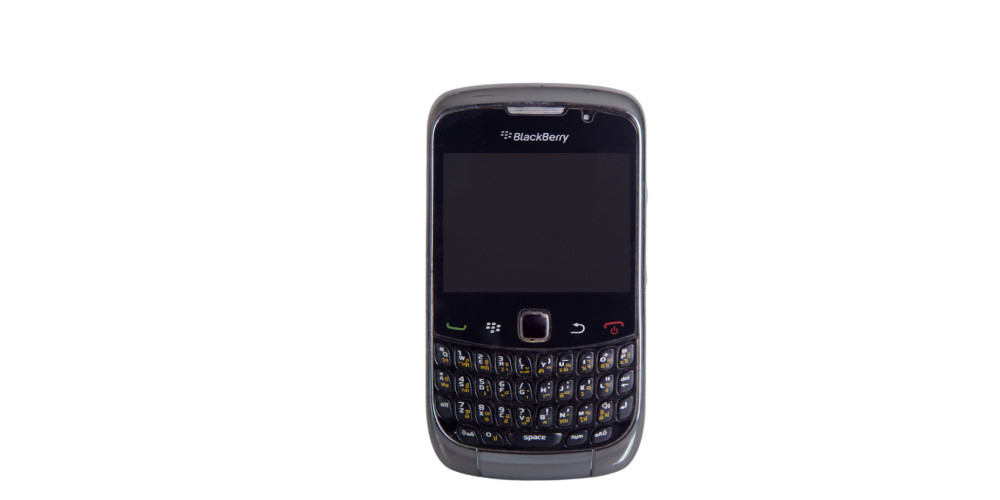News
The Evolution of the Mobile Phone
Evolution of the Mobile Phone

Today we honor Charles Darwin, the father of evolution, who was not only a brilliant scientist but also a conservationist. His famous quip, 'It is not the strongest of the species that survives, nor the most intelligent, but the one most responsive to change, could also apply to the evolution of technology, especially the mobile phone. Just think about it: in Darwin's time, the closest thing to a mobile phone was probably a carrier pigeon with a note tied to its leg. Now we've got smartphones that can control our lights, make our coffee, and even start our cars. Talk about survival of the fittest!

The Rise of the Nokia 3210
Just like the first amphibians crawling out of the primordial ooze, the Nokia 3210 was the first commercial phone that anyone could buy. And boy, was it a clunky little critter. But despite its awkward design and lack of features, it was a hit with consumers worldwide. With a battery life that could outlast a T-Rex and a durable design that could withstand a meteor strike, the 3210 was the ultimate survivor.

Sony Ericsson Shakes Things Up
Just like the dinosaurs' reign came to an end with the arrival of mammals, Sony Ericsson saw the opportunity to disrupt the market with their sleek and stylish T610. This little beauty packed a punch with its high-resolution camera and advanced music player. It was the T-Rex killer of the cellphone world and kicked brands like Nokia into competitive gear.

The Rise of the Motorola Razr V3
Just like the emergence of the first mammals, the Motorola Razr V3 was the first glamorous and elegant phone before the iPhone made its way to the market. With its ultra-thin design and high-resolution camera, it was the ultimate status symbol. It was the first thin phone model, too. It was like carrying around a saber-toothed tiger in your pocket, but with more style and less danger of being mauled.
It was the first model that looked like it was made in the future, and it wasn’t cheap. In 2005, it quickly became the hottest cellphone on the planet. I

The End of Cellphones, the Birth of Smartphones
Just like the emergence of humans marked the end of the dinosaurs, the rise of smartphones marked the end of traditional cell phones. The BlackBerry was one of the first smartphones to hit the market, and it was a game-changer. With its QWERTY keyboard and email capabilities, it was like having a mini-computer in your pocket. And just like humans, smartphones have continued to evolve and adapt, leading us to the refurbished iPhones of today.

The Impact of Apple on the Market
The iPhone was a game-changer that made all other phones look like rotary dials. Its release was like a Hollywood blockbuster, but for tech geeks. With its sleek design and intuitive touch-screen interface, the iPhone made other phones look like the clunky flip phones your grandpa still uses. The App store, which was launched alongside the device, was like a candy store for techies; it had everything from games to productivity tools.
The iPhone's release was like a scene out of a 90s action movie; it left traditional brands like BlackBerry in the dust and sent them running for cover. Its success was immediate; it sold more units than hotcakes on a Sunday morning. The iPhone's popularity also led to the creation of a whole new ecosystem of developers, entrepreneurs, and third-party accessory makers, all of whom sought to take advantage of the iPhone's wild success and make a quick buck.
The iPhone was more than just a phone; it was a cultural phenomenon that changed the way we interact with technology forever. It was the ultimate device that wooed the market and continues to shape the way we think about mobile devices today.

Purchase Motivational Shift
As cell phones became more advanced and popular, consumer motivation for purchasing them began to shift. Instead of just being a means of communication, cell phones proved to be a status symbol and a way to express personal style. The evolution of cell phones has led to a change in consumer behavior, with people looking for not only functional devices but also fashionable ones. Cellphones became more luxurious and, thus more expensive. Owning an iPhone was a cool thing back in 2012. You felt unique, trendy, envied, even.
And let's not forget the selfie. The game changer of it all.
This created a boom of more modern and expensive models of cell phones from other large brands. But none could match the frenzy of the iPhone.

Trade-in Became a "Fad"
Old smartphones, once headed for the trash heap, are getting a second chance thanks to the booming trade-in market. Companies like Apple and Samsung are leading the charge, making it easy to trade in your old device for a newer model. And at Loop Mobile, we take it a step further by certifying and refurbishing each of our Apple products, ensuring they meet the high-quality standards you expect while also contributing to a more sustainable future and mitigating e-waste.
So, don't let your old phone become a museum piece, give it a new lease on life through the trade-in market. Not only will you be doing your part for the environment, but you'll also save some cash in the process. Plus, you'll finally be able to text with more than one finger again! So, it's a win-win situation.

Sustainability as a Tangible Present and Future
In recent years, sustainability has become a tangible present and future concern. The emergence of e-waste and the environmental impact of mobile phone production and disposal have led to a growing awareness of the need for sustainable solutions. Companies are now beginning to take steps towards creating more environmentally friendly cell phones, such as using recycled materials in production and implementing take-back and recycling programs for old phones. The evolution of cells has led not only to advancements in technology but also to a greater awareness of the impact of our actions on the environment. The rise of refurbished iPhones is just one example of how consumers and companies alike are taking steps towards a more sustainable future.
Loop Mobile, Alchemy's B2C marketplace, became part of this sustainable revolution by offering certified refurbished Apple devices that were not only fully functional but also cost less and mitigated e-waste damage to the world.
We are part of the evolution of cellphones, of how they are beginning and should be bought.
As time tailors our new devices, we will be moving according to this evolution, expecting to create a massive impact on the consumption of technology from here on out.
